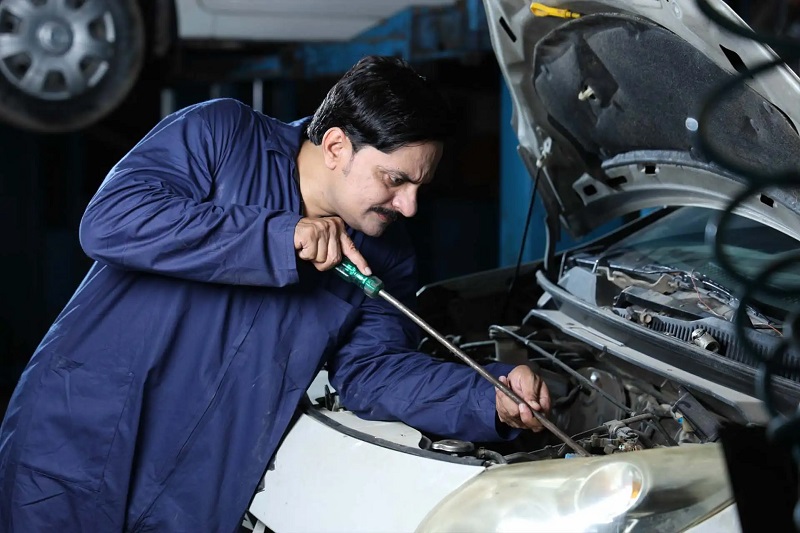
Lug bolts hold a wheel firm and safe. They link the wheel to the hub and support the car. Early lug bolts were simple metal fasteners. They did their job but lacked security features. Over time design and materials evolved. Engineers saw the need for better strength and reliability. Modern lug bolts now use special coatings and shapes. The change came with growing speed and power in cars. Safety became a priority. Every turn of a wheel depends on these small parts. They keep cars stable on roads and tracks.
From Simple Beginnings to Stronger Designs
At first lug bolts were plain steel rods. They could rust and wear out fast. Breakage risk was high during high speed travel. Car makers started to test new metals. They used heat treatment for added strength. Design teams studied stress points on the wheel. They found ways to spread force evenly. That made driving safer and smoother. Coated surfaces reduced friction and corrosion. Each new type lasted longer under pressure. The goal was always safety and endurance. Simple shapes turned into precise tools of security. Hiring the Auto Repair in Palmer, MA based company like the Demore’s Automotive is the best idea here.
Material Innovation and Durability
New materials changed the game. Aluminum and titanium brought lighter yet stronger bolts. Drivers felt smoother rides and easier handling. Corrosion became less of a threat in harsh climates. Engineers mixed alloys for extra toughness. The result gave better grip and cleaner threads. Factories improved finish to prevent sticking during service. Mechanics from Demore’s Automotive could tighten or remove bolts with less effort. Fewer failures meant fewer roadside repairs. Material progress made roads safer for cars and passengers. Bolts that once bent now stand firm under immense load.
Impact on Safety and Future Trends
Better lug bolts enhance the safety chain. Every secure wheel supports stable steering. Manufacturing now includes strict quality checks. Engineers continue to test new hybrid materials. Smart sensors may soon track bolt tension. That helps detect faults before accidents occur. Electric cars push for even lighter solutions. Sustainability drives the use of recycled metals. Safety rules guide every new design step. Lug bolts now reflect precision engineering at its best. Future roads will rely on these silent protectors. Progress in tiny parts brings a big safety leap.
Modern lug bolts tell a story of steady innovation. From crude beginnings to advanced alloys they mark human skill. They support fast vehicles and safe drives. Each improvement brings higher trust on the road. Engineers never stop refining these vital connectors. The next step may unite smart tech and strength. As cars change the bolts will adapt again. Their evolution shows how safety starts small yet matters most. A wheel turns because a bolt holds firm. A car moves because that bond stays true.
